Nerdy Greens: The Magic of the Kratky Method for Easy Hydroponics
Have you ever wondered what would happen if you combined the nerdiest parts of 3D printing with hydroponic gardening? Well, wonder no more! The answer is the Kratky method, an ingenious and straightforward way to grow plants without soil. In this blog post, I’ll take you through the ins and outs of this fascinating method and share my own Kratky hydroponic experiences.
The Kratky Method: Hydroponics Simplified
The Kratky method, named after its inventor, Dr. Bernard Kratky, is a passive hydroponic system that requires no pumps or electricity. It works by suspending plant roots in a nutrient-rich solution, allowing them to take up water and nutrients as needed. As the plants grow and consume the solution, the water level drops, creating an air gap that supplies the roots with oxygen. This simple yet effective method eliminates the need for complex equipment and makes hydroponic gardening accessible to everyone.
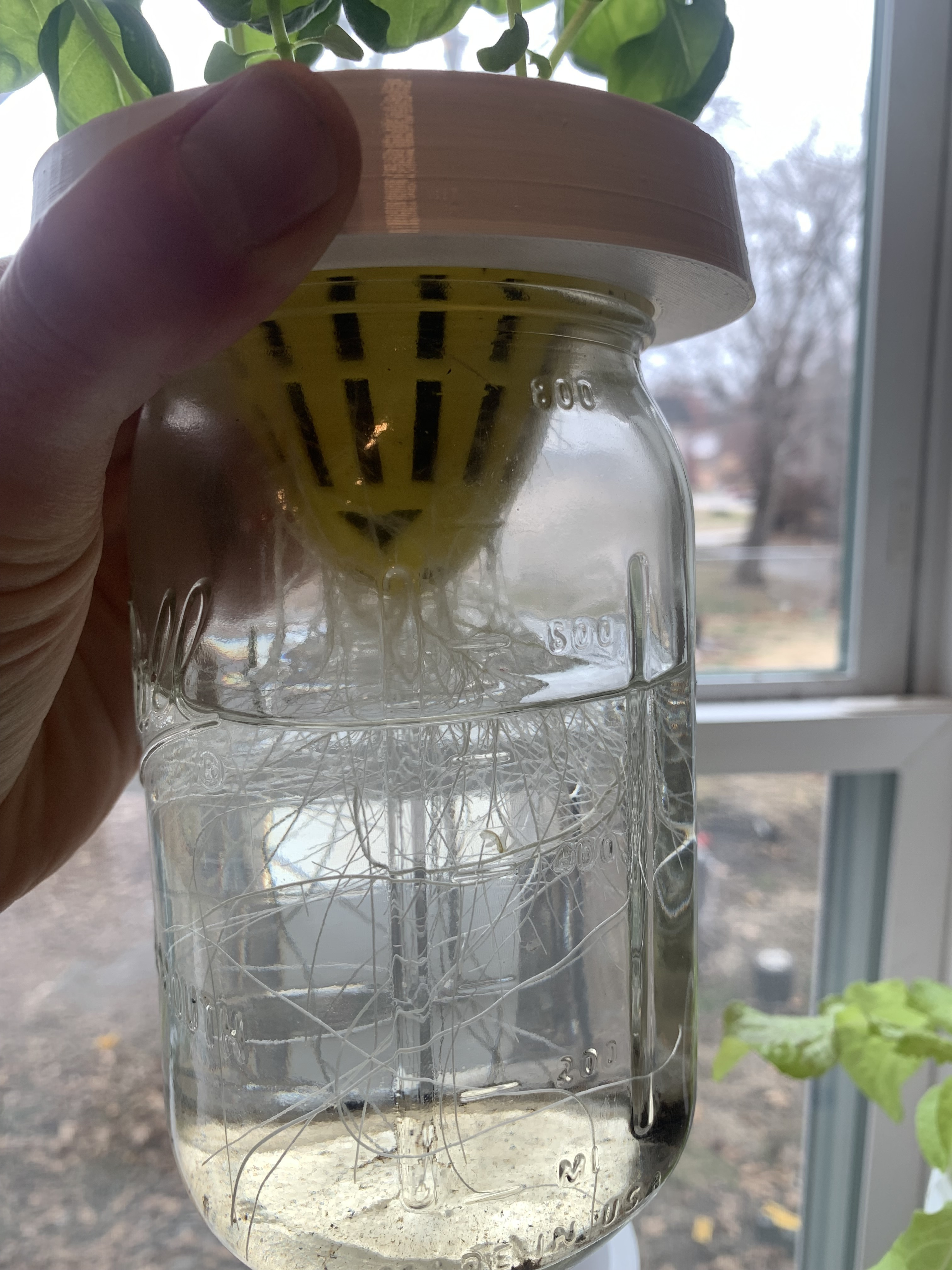
Weighing the Pros and Cons of the Kratky Method
Like any gardening technique, the Kratky method has its pros and cons. On the plus side, it’s incredibly easy to set up and maintain, with no need for electricity, pumps, or complicated equipment. This simplicity also makes it cost-effective, especially for those just starting with hydroponics.
However, the Kratky method isn’t without its limitations. It’s best suited for small-scale gardening, as scaling up can become cumbersome and challenging to manage. Additionally, the method relies on a single batch of nutrient solution, meaning that as the solution is depleted, nutrient imbalances can occur, potentially affecting plant growth and health.
Lettuce and Herbs Galore, but Hold the Fruit and Root
The Kratky method is ideal for growing leafy greens and herbs, such as lettuce, kale, spinach, basil, and parsley. These plants have relatively low nutrient demands and thrive in the oxygen-rich environment provided by the Kratky system. However, fruiting and root vegetables are not well-suited to this method, as they typically require more nutrients and a different growing environment to produce optimal yields.
Keeping Algae at Bay: Shielding Your Water Reservoirs
One challenge with the Kratky method is preventing algae growth in the nutrient solution. Algae thrive in sunlight and can deplete nutrients and oxygen, harming your plants. To prevent algae growth, it’s crucial to keep sunlight off the water reservoirs. You can achieve this by using opaque containers or wrapping your reservoirs in light-blocking material, such as aluminum foil or black plastic. Ensuring a tight seal around your plant’s stem or using a floating raft system can also help minimize light exposure to the solution. Many of these blocking methods can be pretty fugly.
My Kratky Jars: 3D Beautiful
So instead of spray painting mason jars black or wrapping them in foil, I decided to 3D print something a little more appealing:
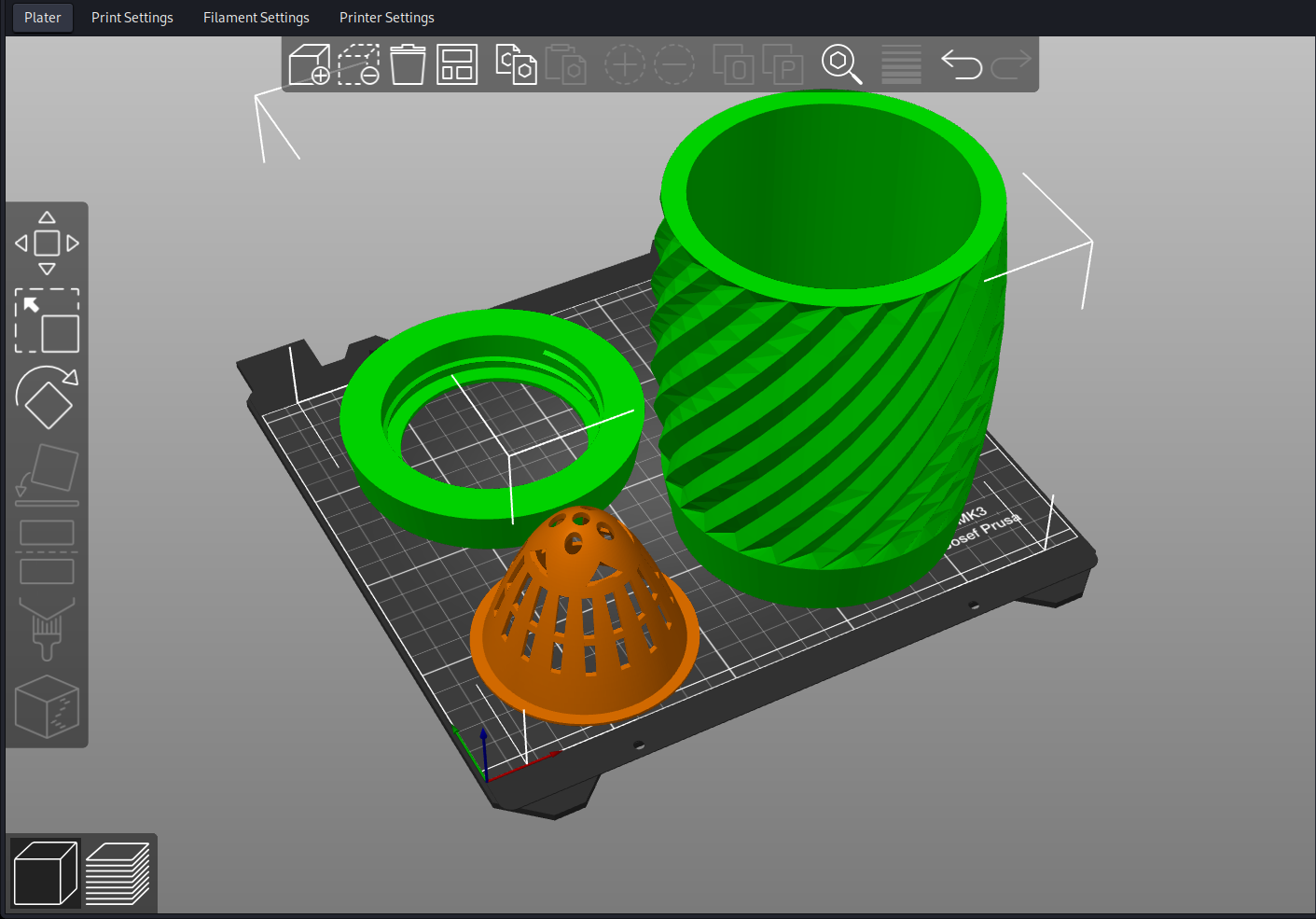
The basket fits a 1 Liter wide mouth canning jar. The lid screws on and the jars fit perfectly into the white covers. Then you just add a handful of clay pellets and fill the jars with hydroponic food. I was told by my local hydroponic retailer to use these (macro nutrients and micro nutrients):
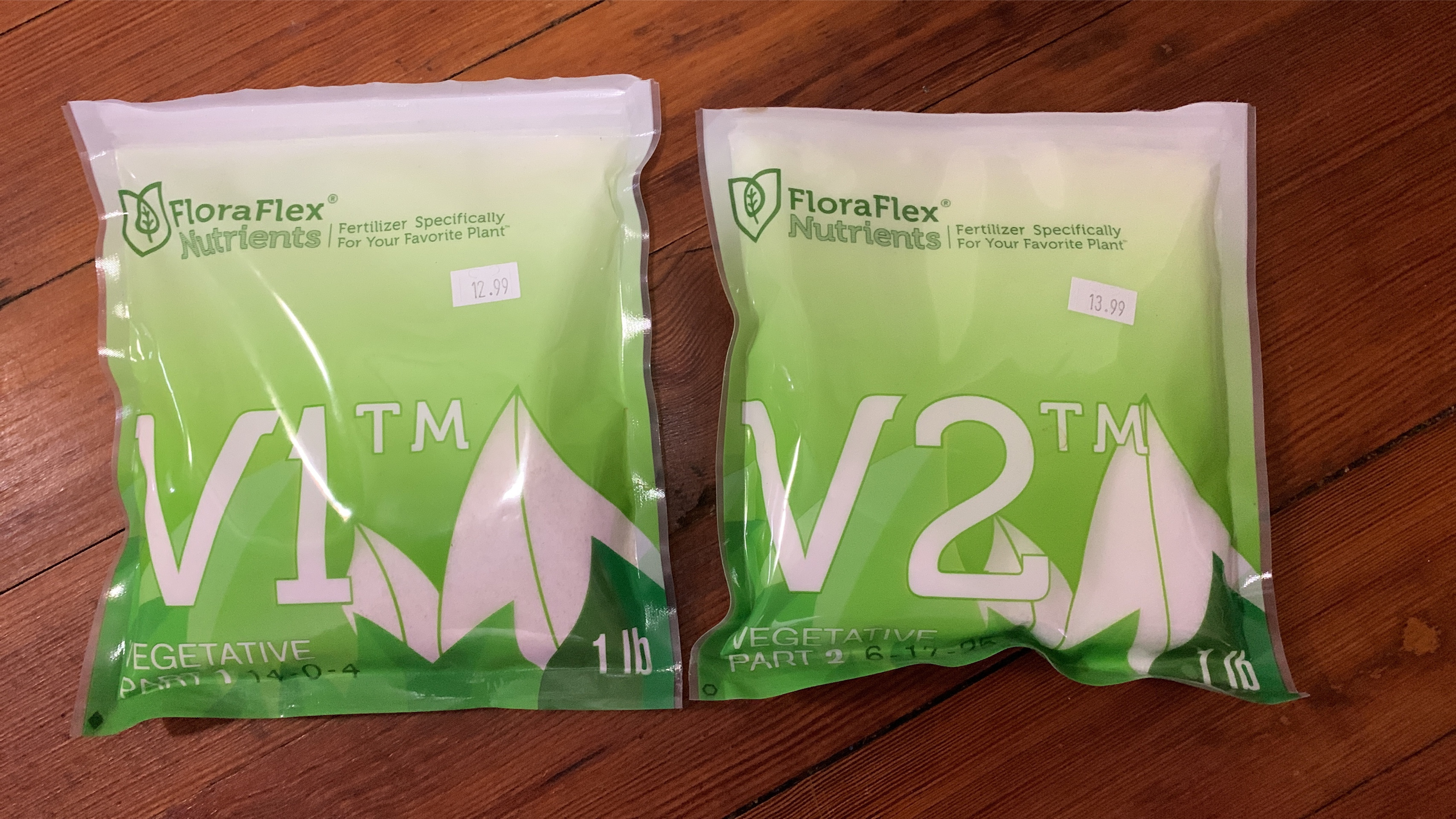
To give you a glimpse of my own Kratky setup, I’ve included some photos of my jars filled with thriving greens.
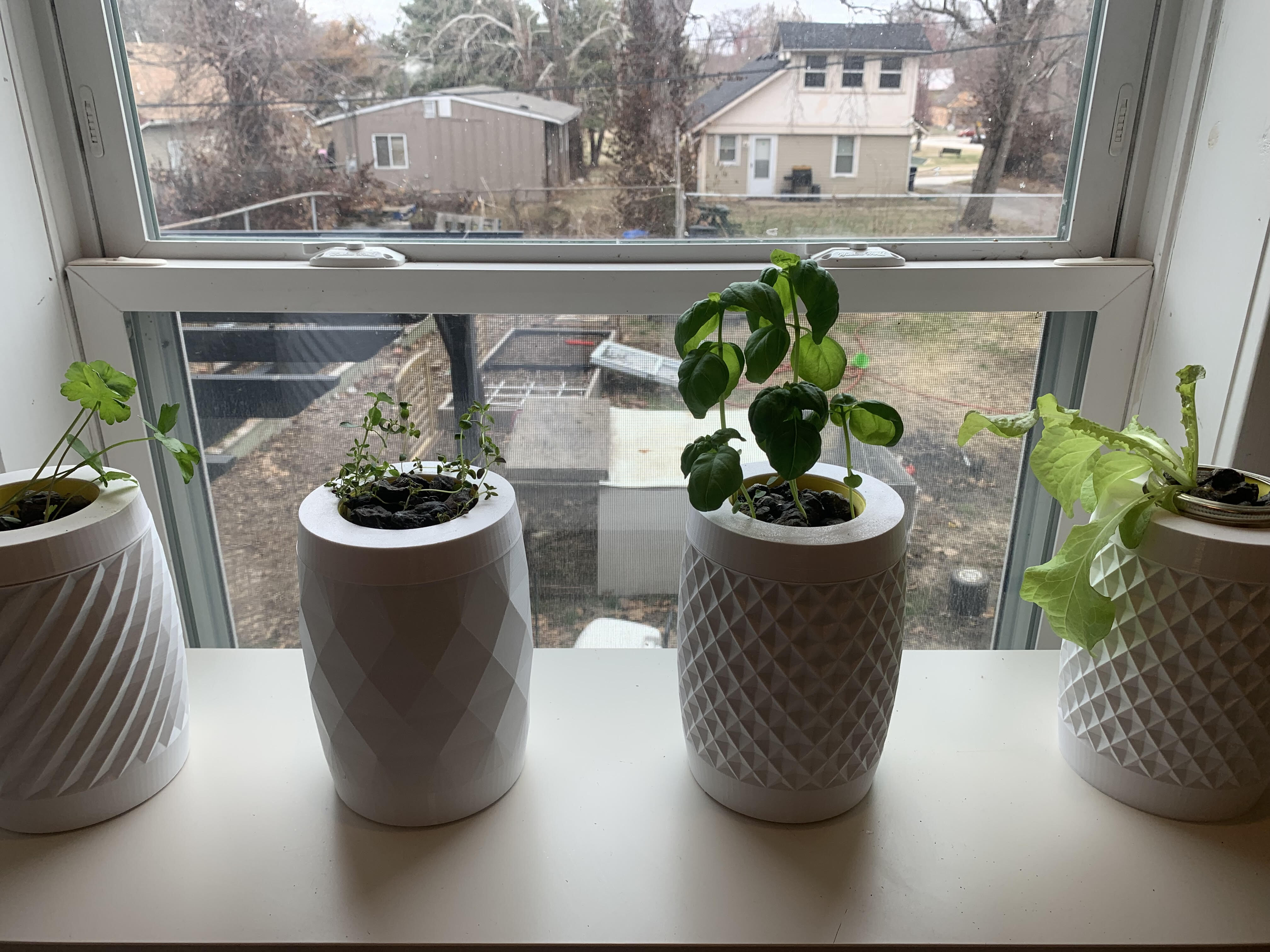
I calculated that a strip of grow lights costs around $2 per month to run. So, if you can harvest more than $2 worth of herbs or salad greens each month, you’re coming out ahead! Plus, there’s nothing quite like the satisfaction of harvesting fresh, homegrown produce from your very own hydroponic garden.
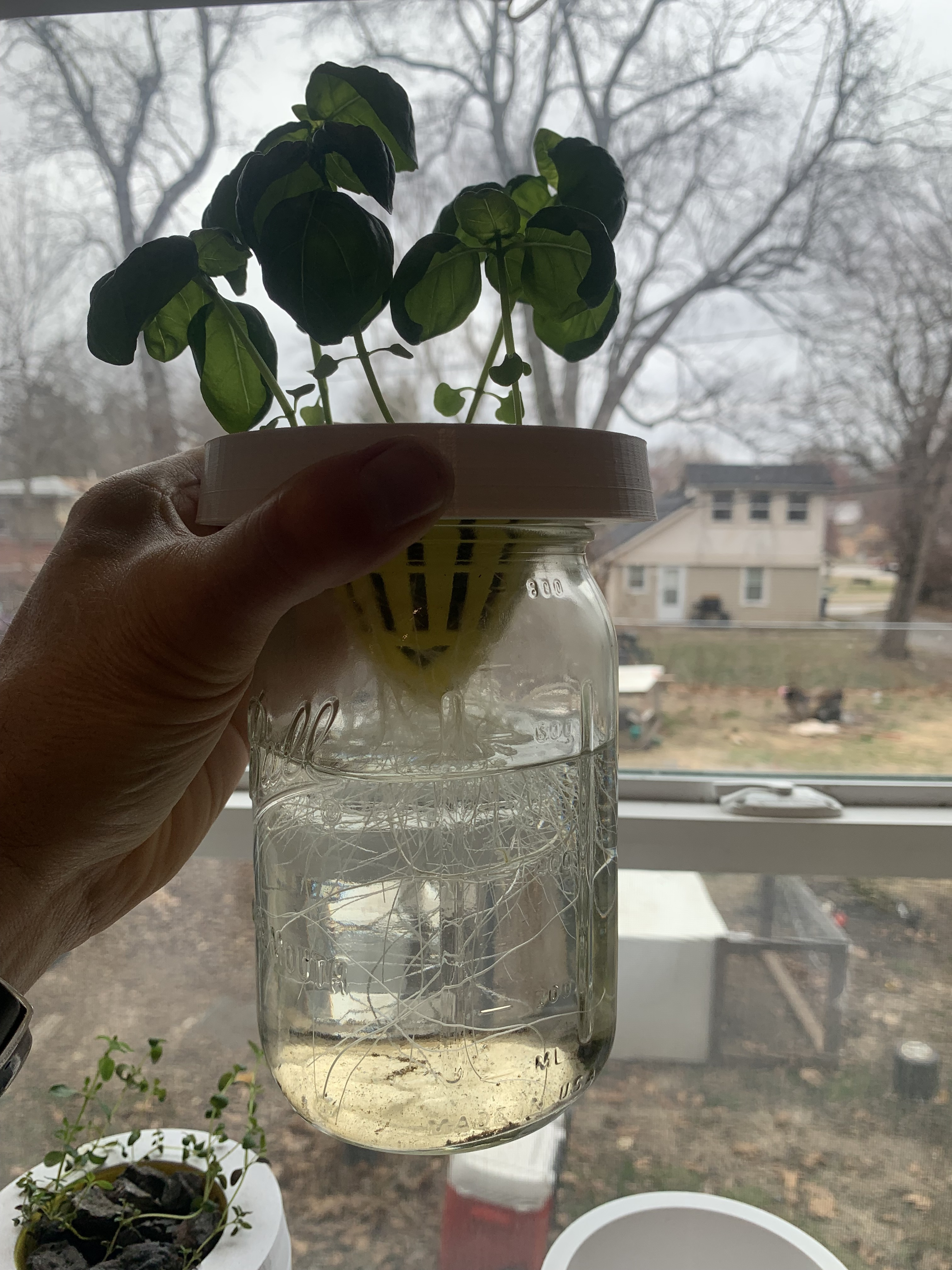
Give the Kratky method a try, and you might just find yourself hooked on the nerdy and rewarding world of hydroponic gardening!
